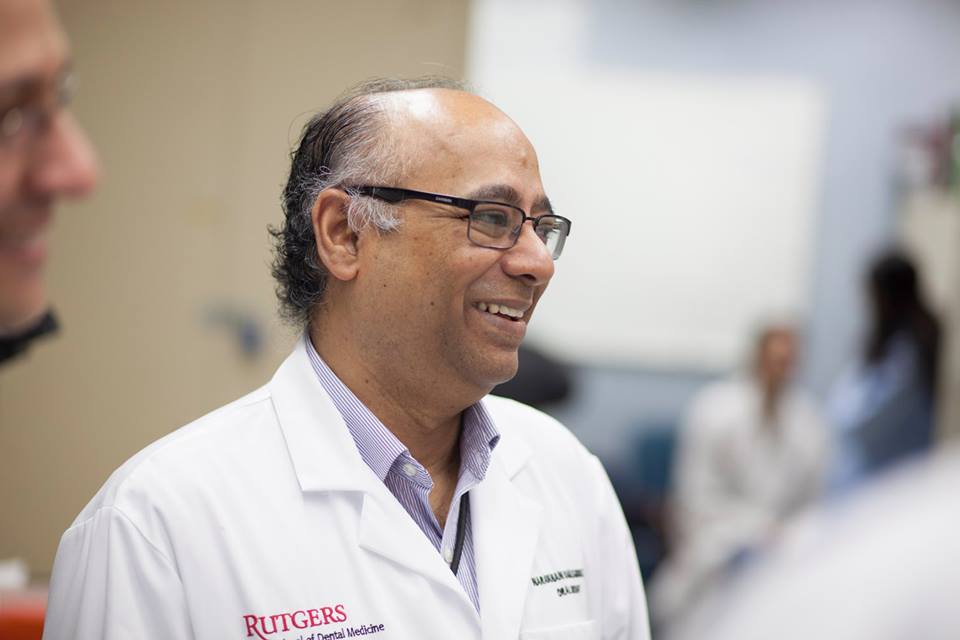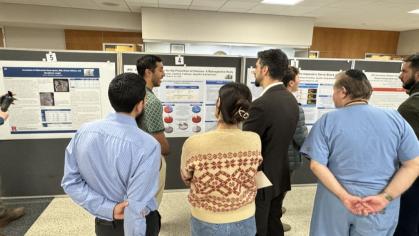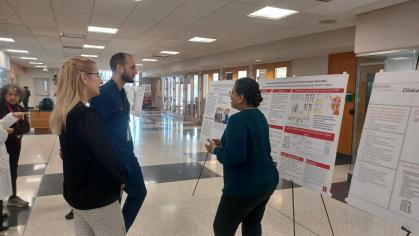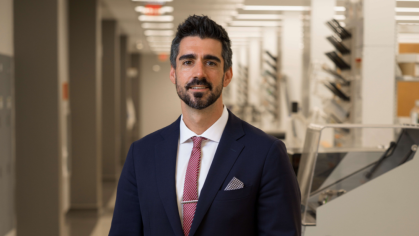Researchers Receive More than $400,000 from NIH to Study Oral Bacteria
Dr. Narayanan Ramasubbu last month received a $437,250 grant from the National Institutes of Health (NIH) to study how a bacterium that causes periodontal disease is able to survive in the body.
Ramasubbu is part of an RSDM team that has been researching Aggregatibacter actinomycetemcomitans (Aa), a bacterium that can lead to periodontitis and is also associated with heart disease.
Ramasubbu, and his co-principal investigator for the study, Dr. Mayilvahanan Shanmugam, believe that understanding how the bacterium thrives in the complex oral microbial world could prevent dental diseases and some types of heart diseases.
The two researchers are building upon previous work on the self-produced enzyme Dispersin B, which facilitates the flight of Aa from one site to another site in the mouth. But even when there it arrives at a site with few nutrients, it manages to find a source of food, said Ramasubbu.“When there is a paucity of nutrition at an infection site, how does it get nutrition?’’ he asked.
He and Shanmugam speculate that the answer may lie in the symbiotic relationship between (Aa) and “good bacteria" that don't cause illness in the oral cavity. They see evidence that the harmless bacteria produce lactate, a preferred nutrient that feeds (Aa). In turn, (Aa) produces a glucose derivative that helps feed the beneficial bacteria. “There’s mutual cooperation between the two,’’ said Ramasubbu.
A greater understanding of the dynamic could help scientists find a way to halt the microbes’ dependency on each other, cutting off the food supply for (Aa) and preventing infection. “If you can establish cooperation between the two, you can find agents that stop the cooperation,’’ said Ramasubbu.




